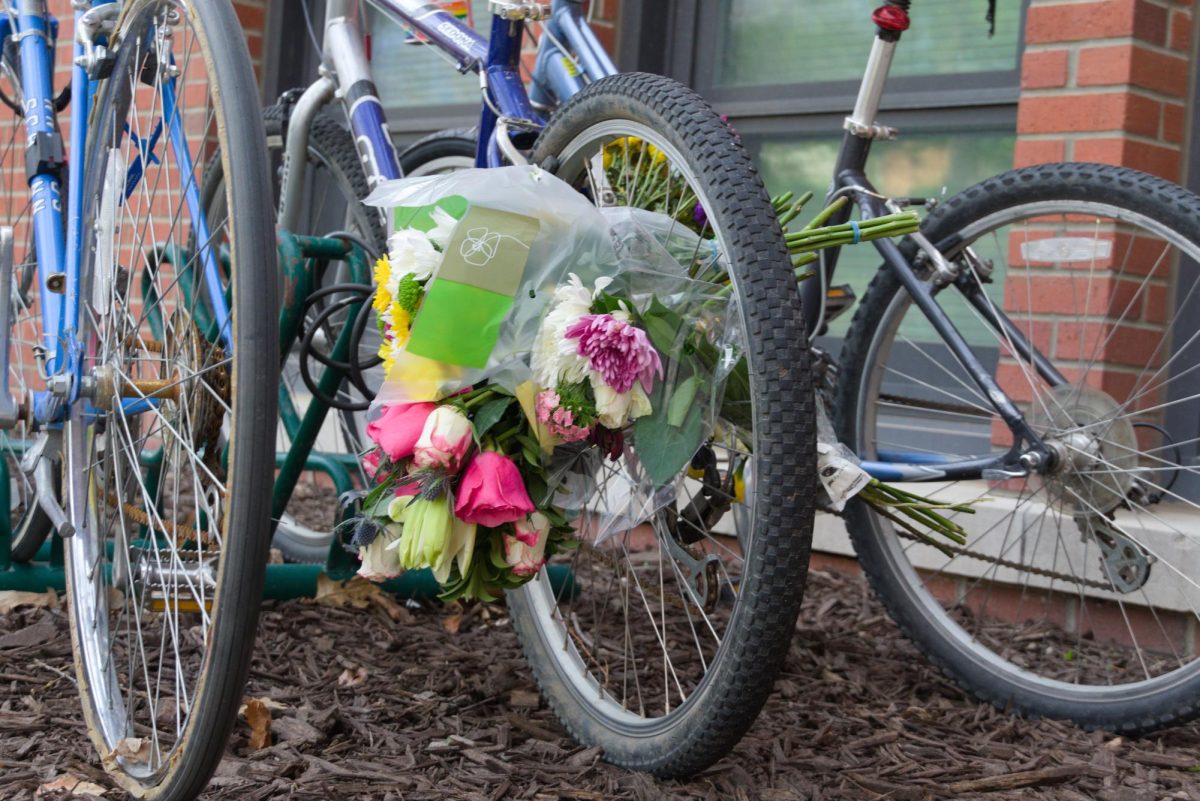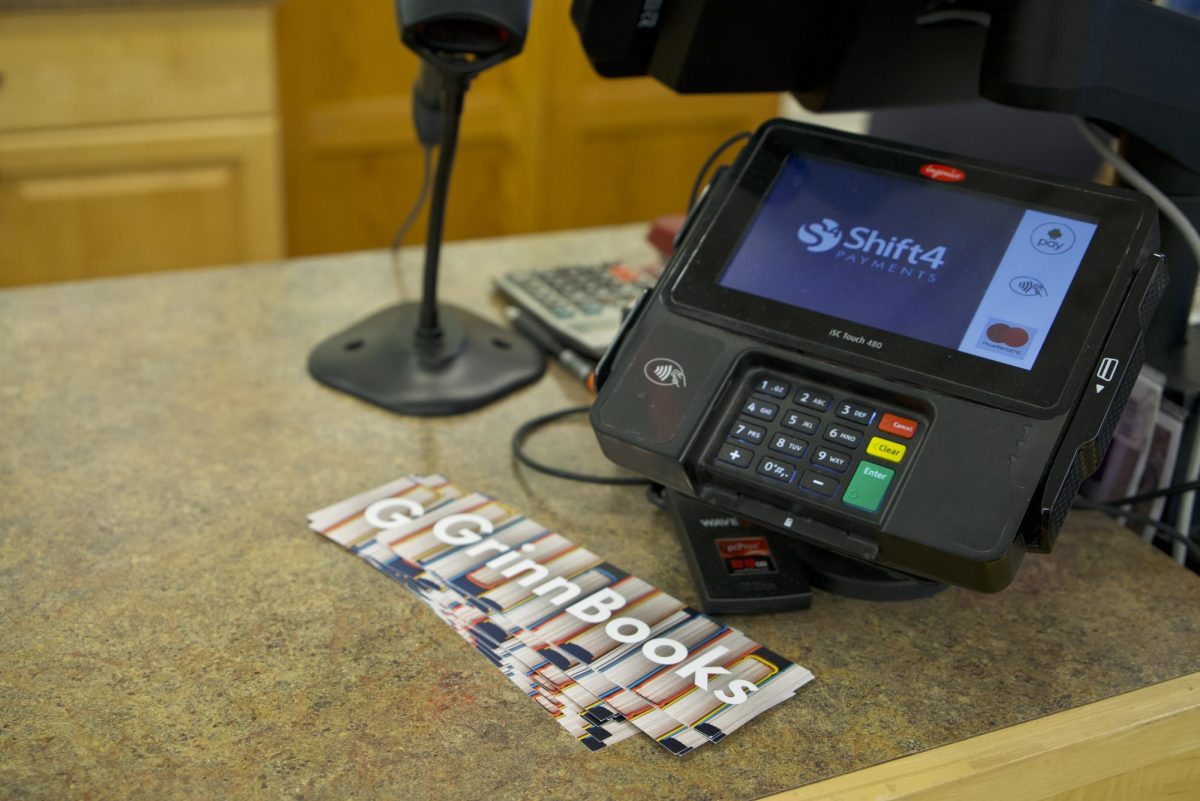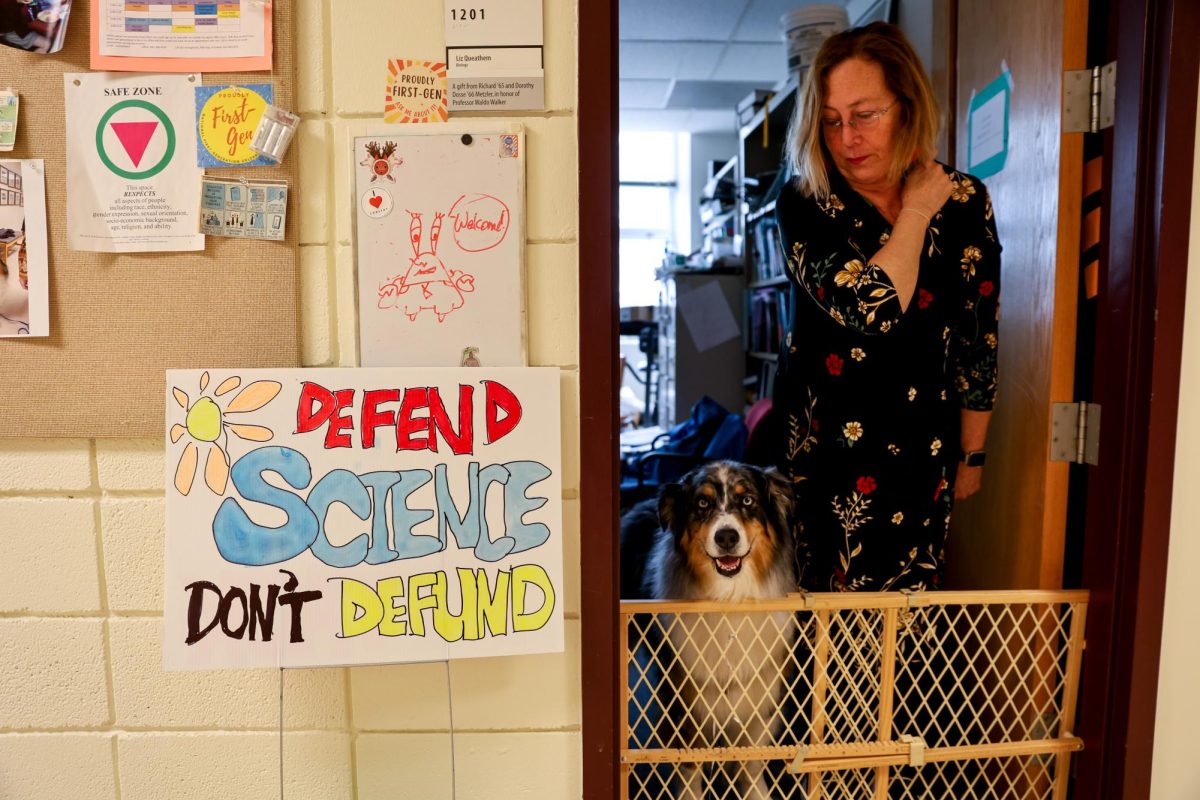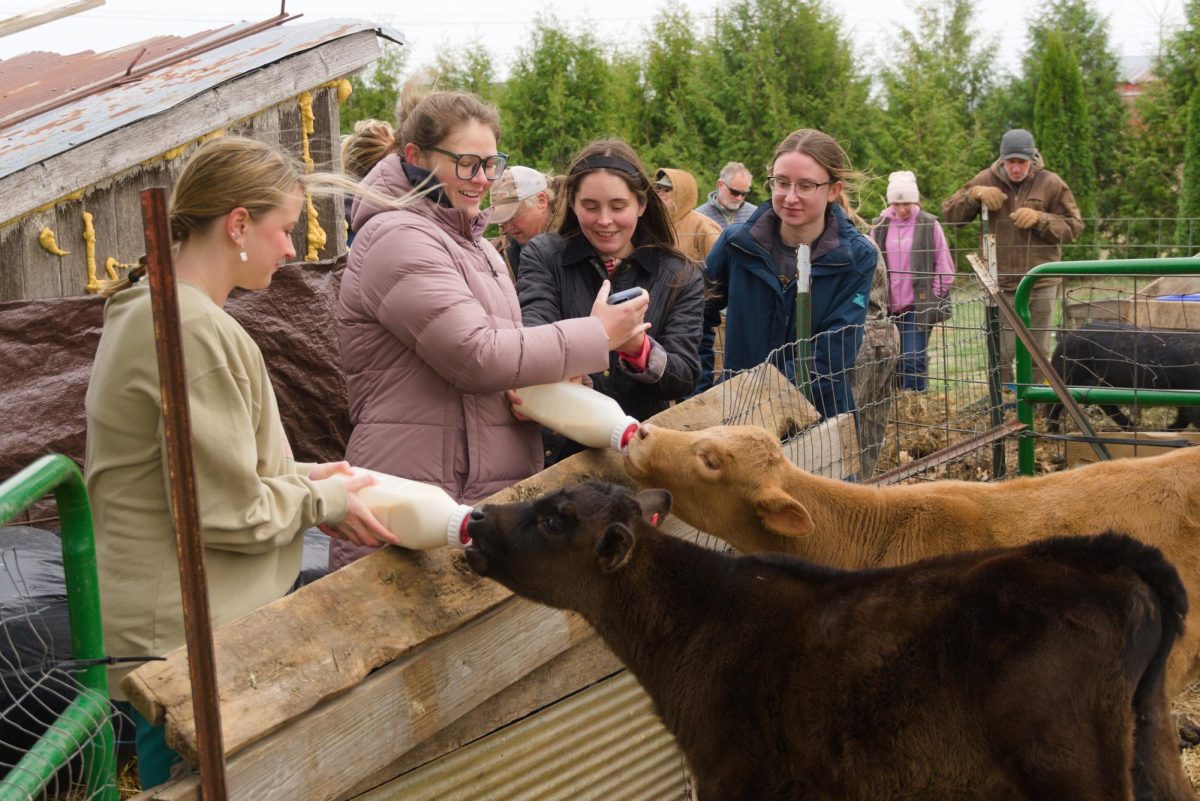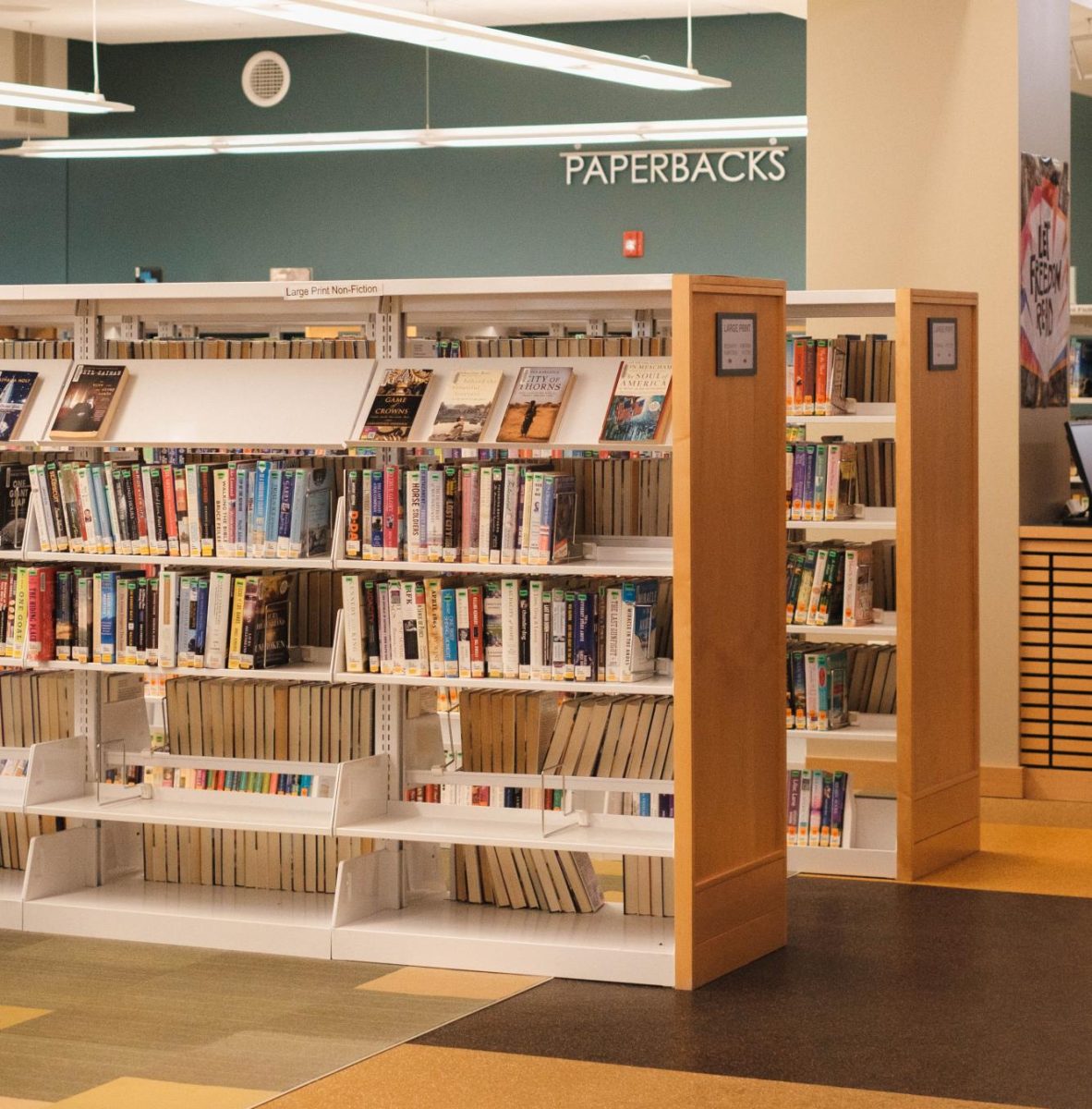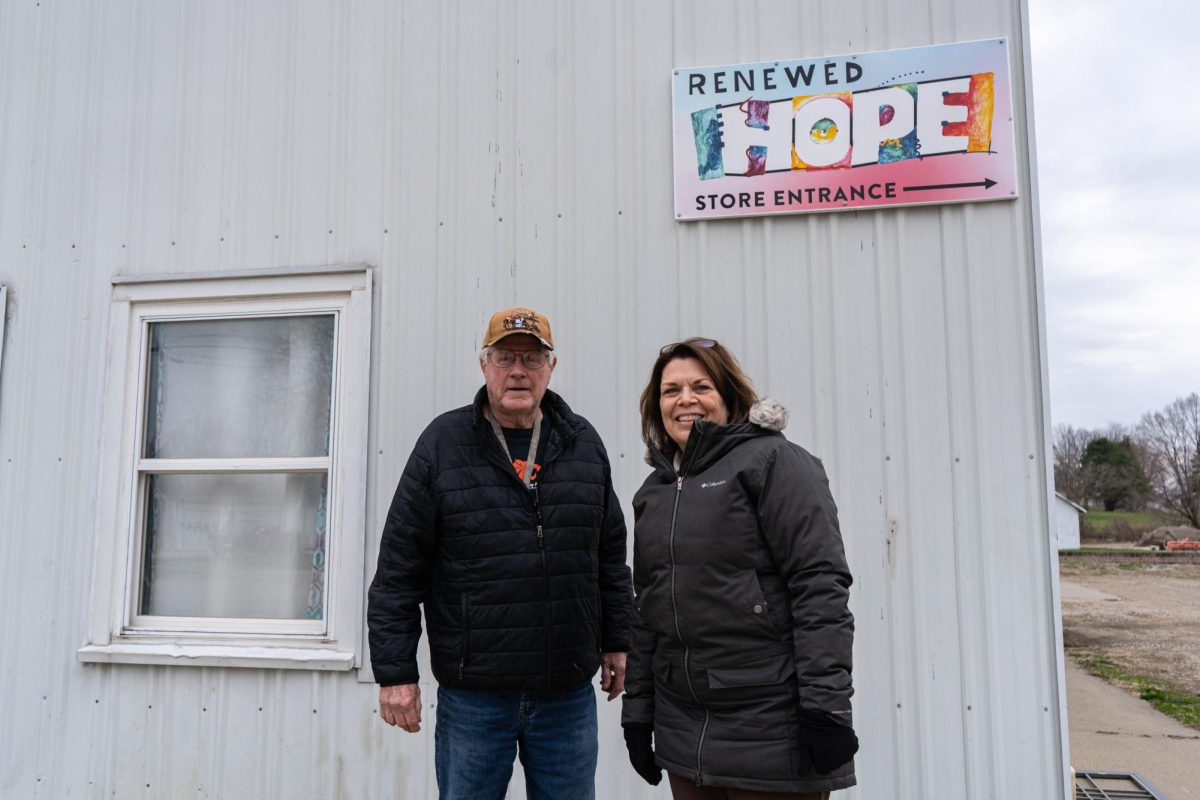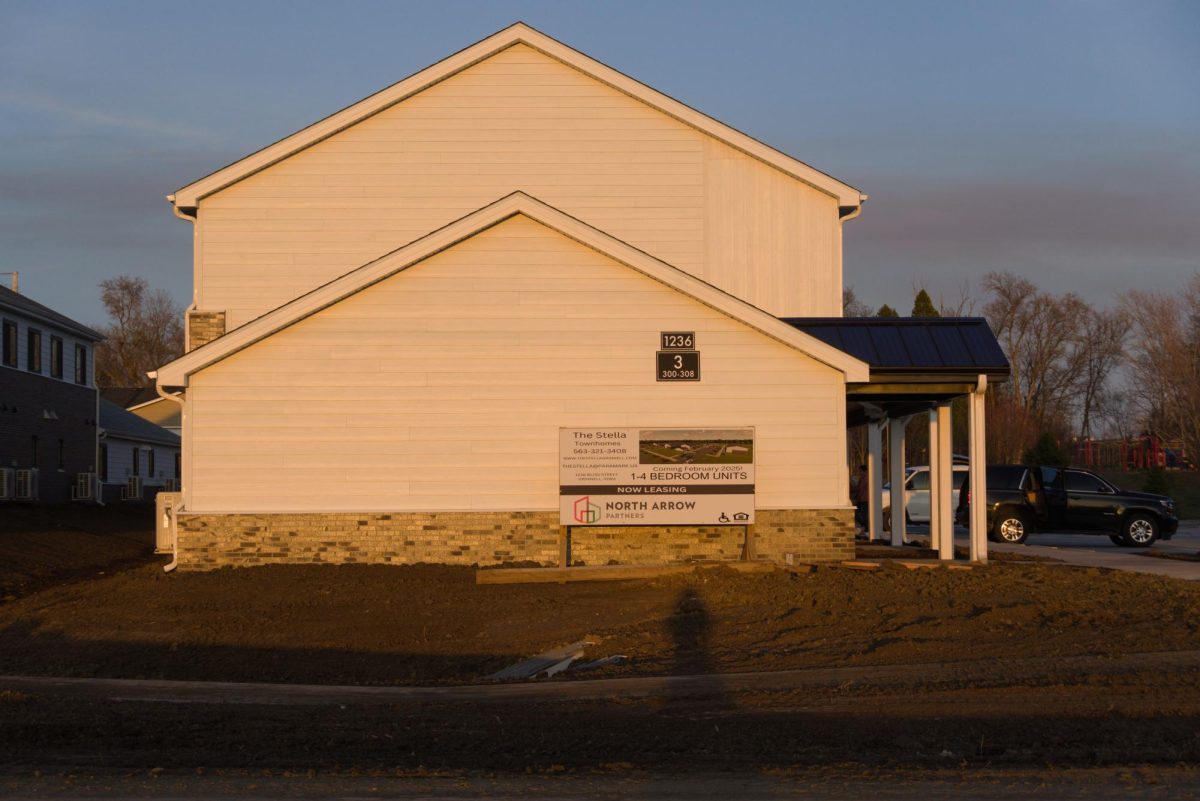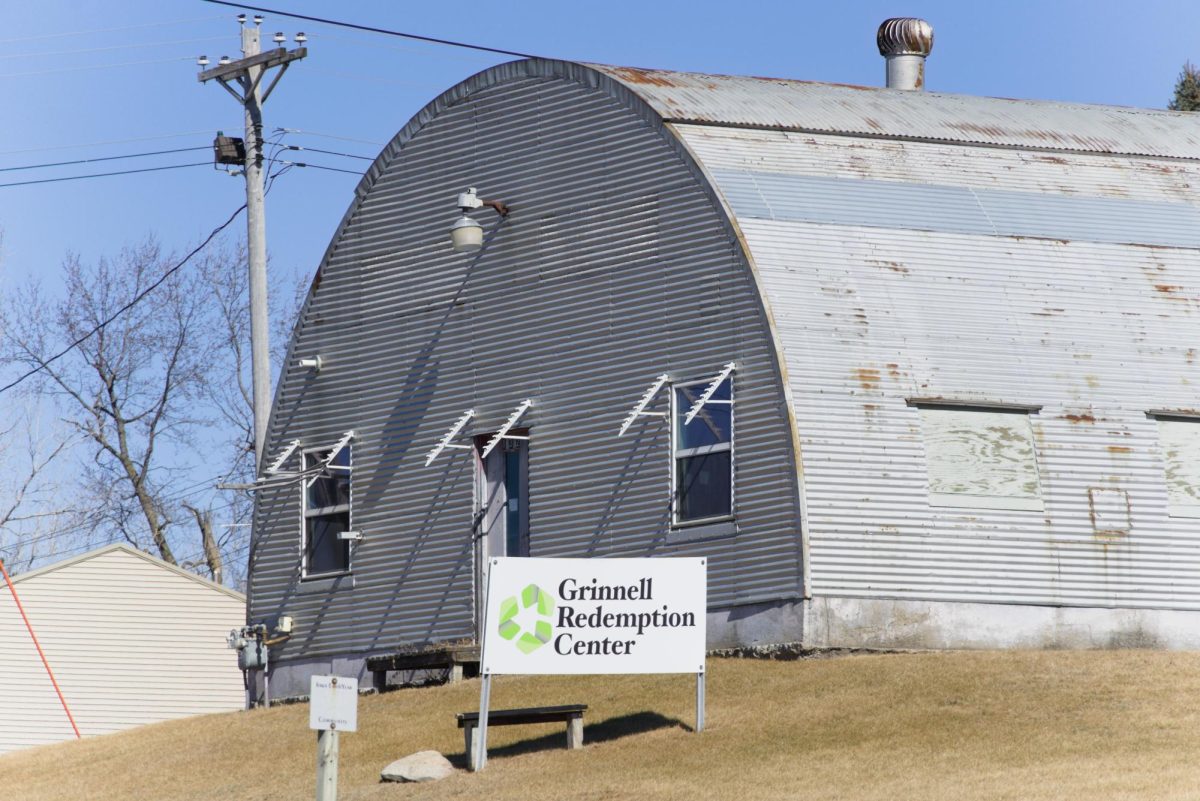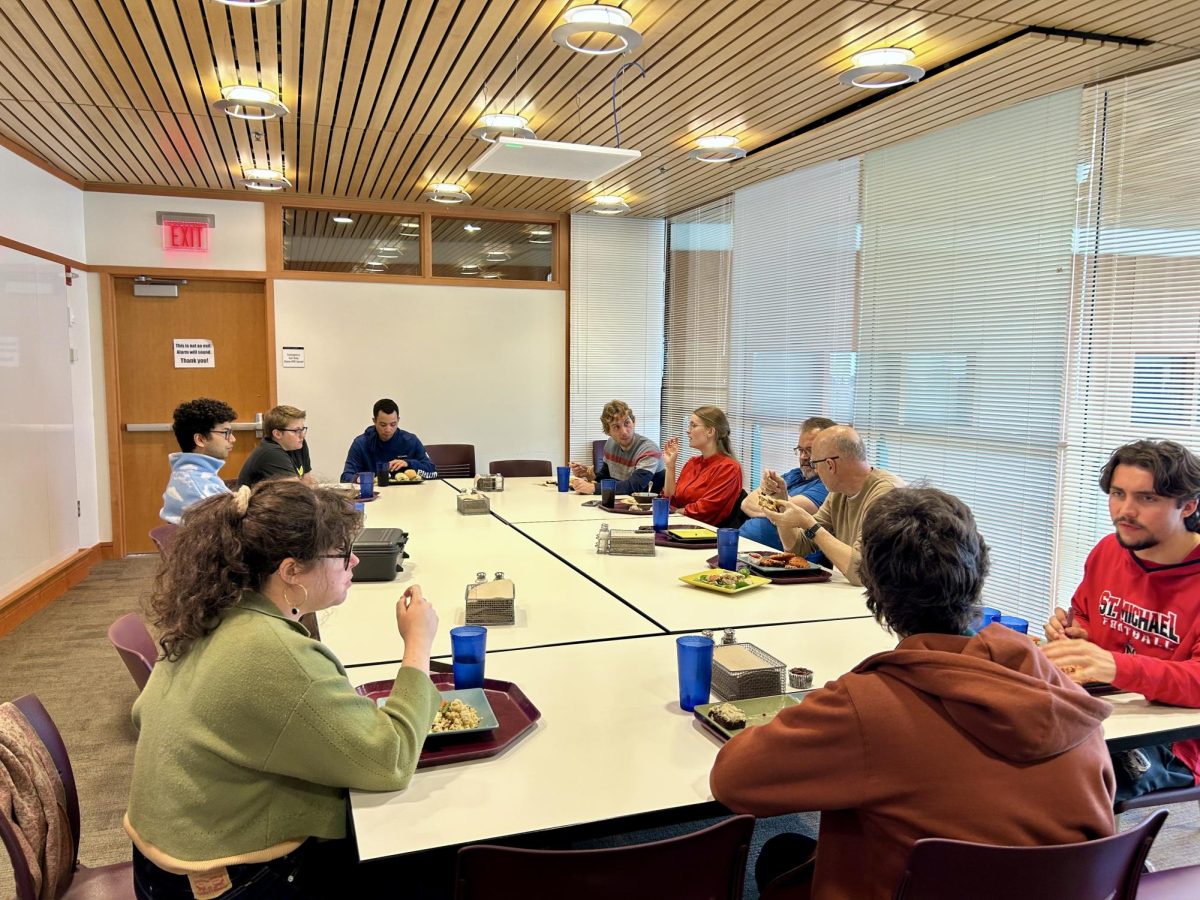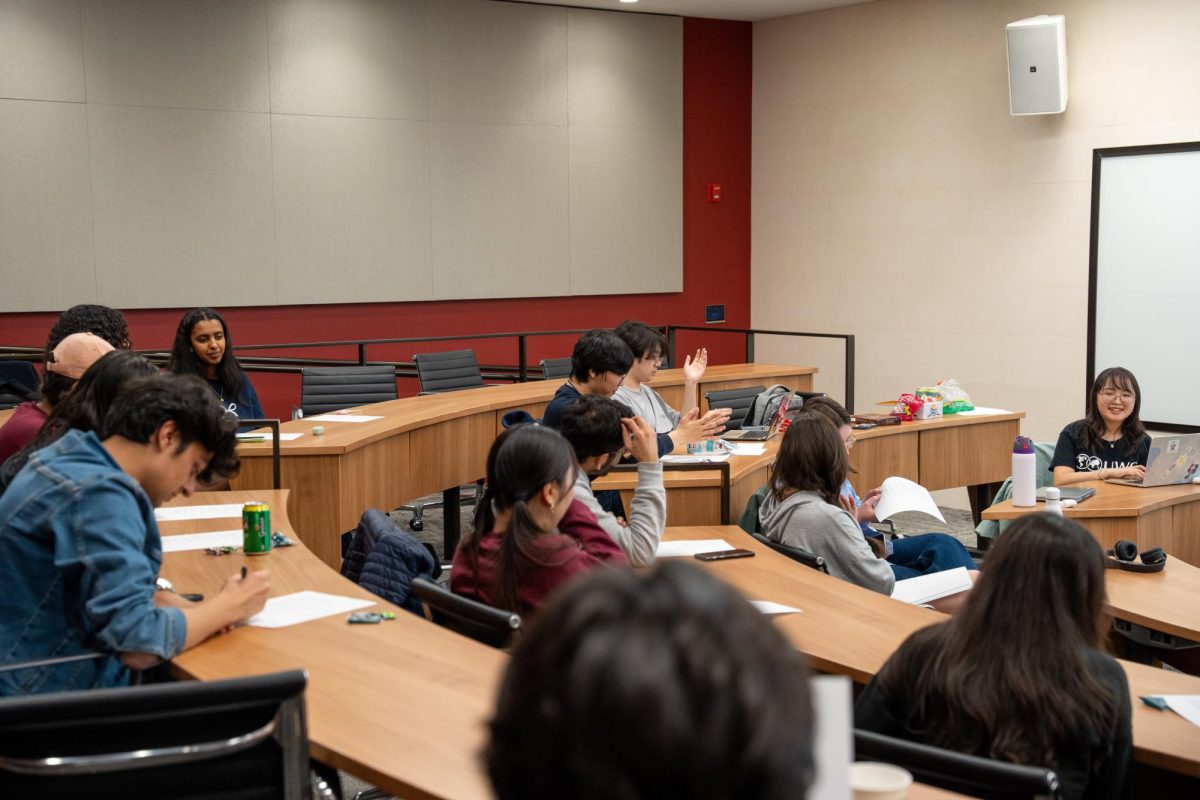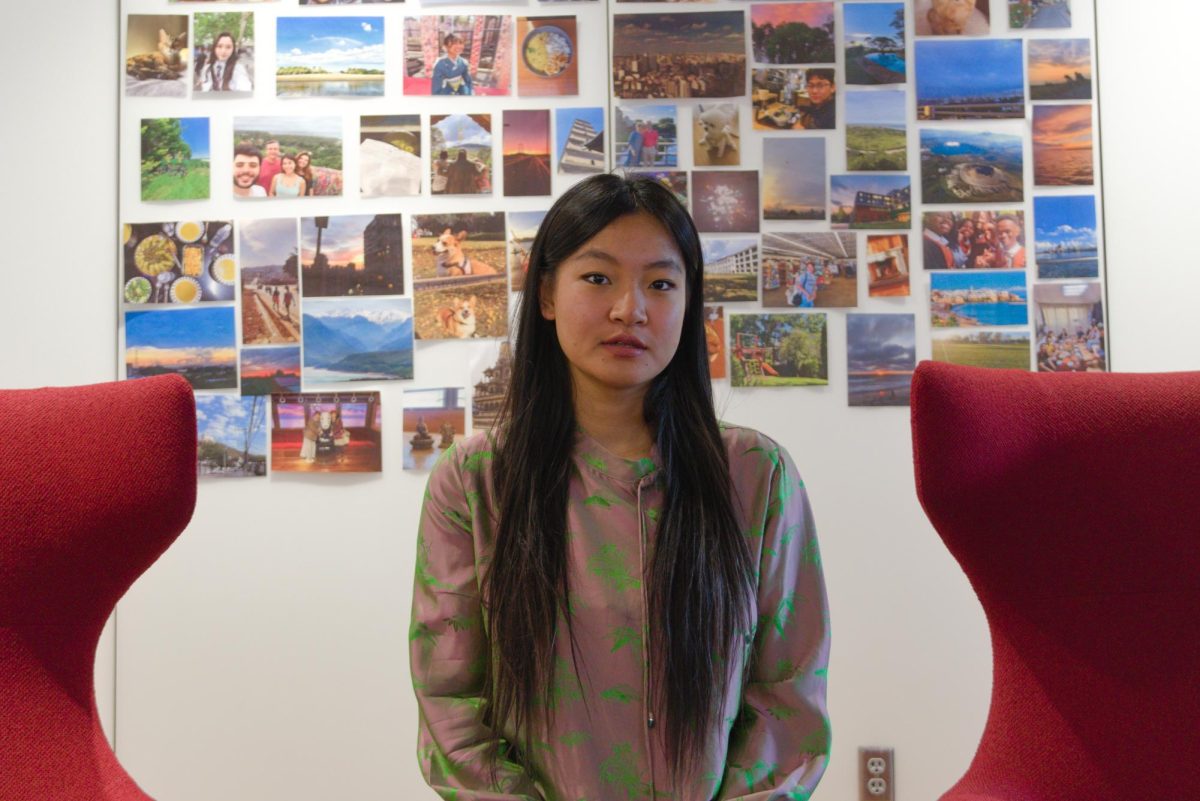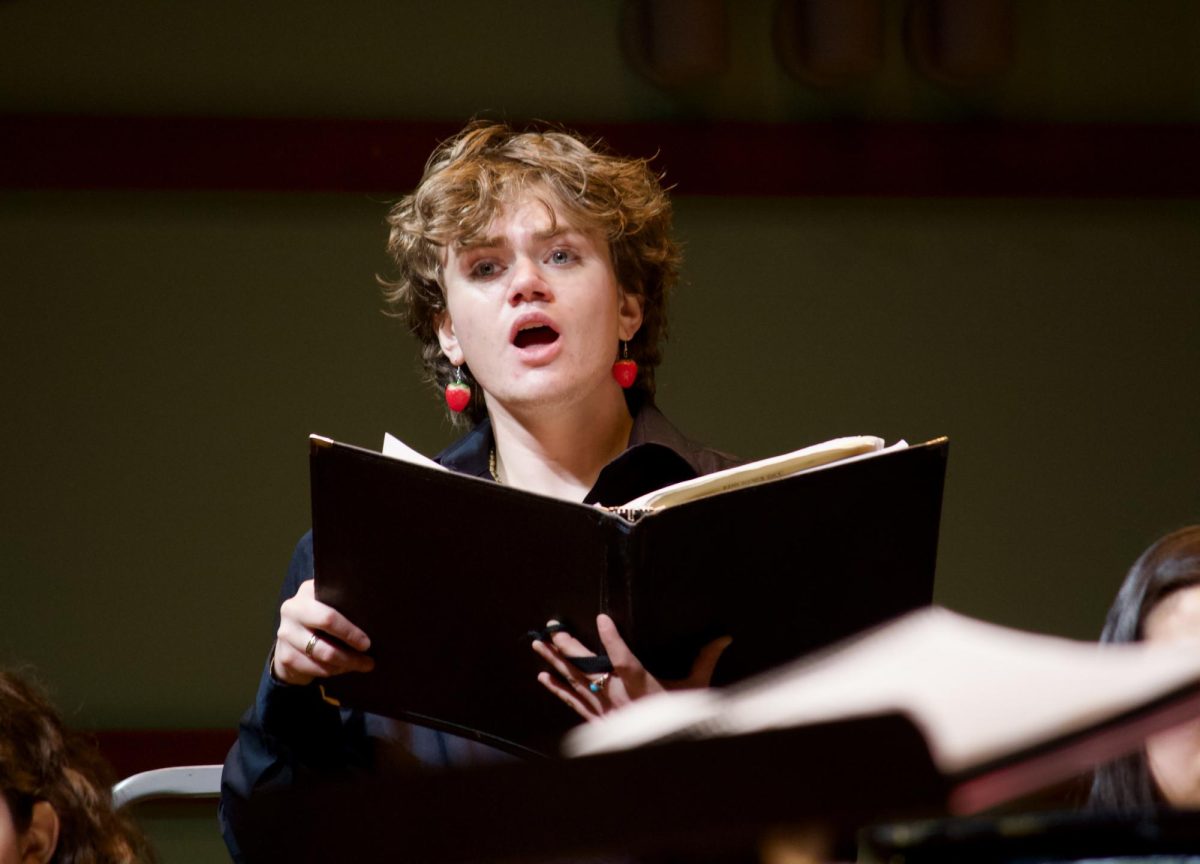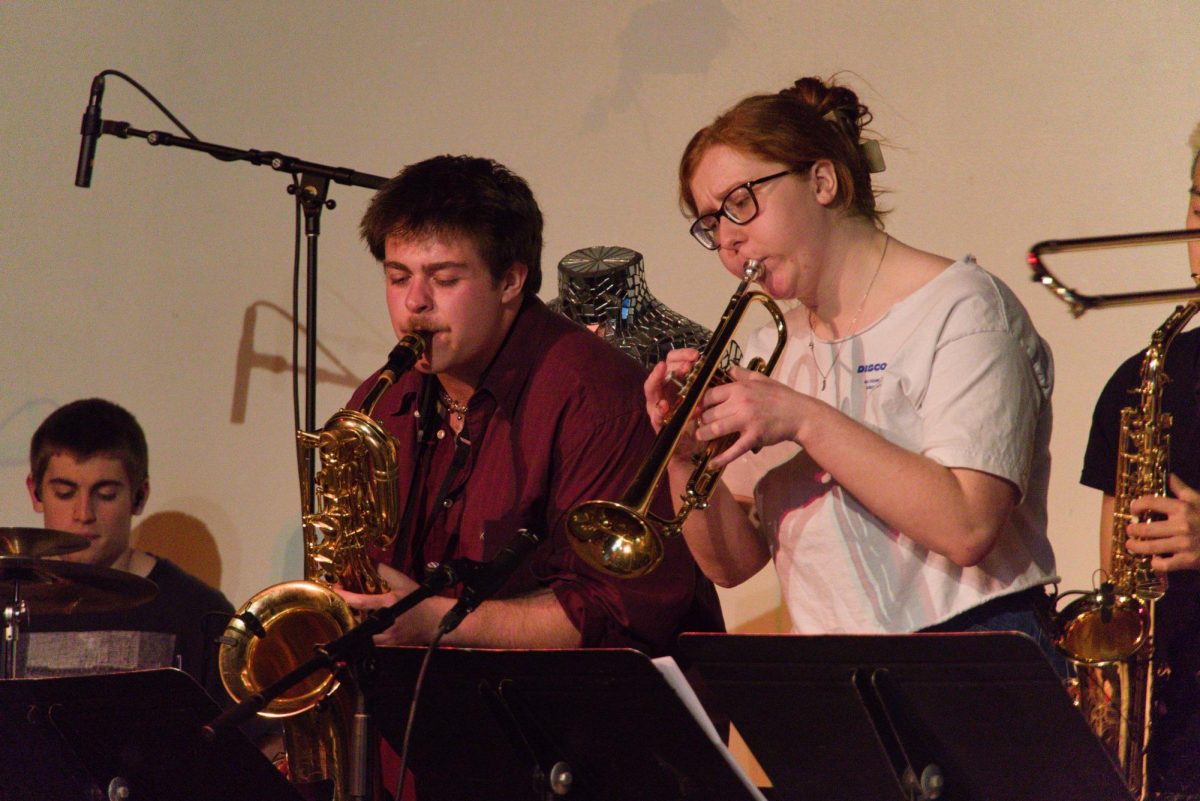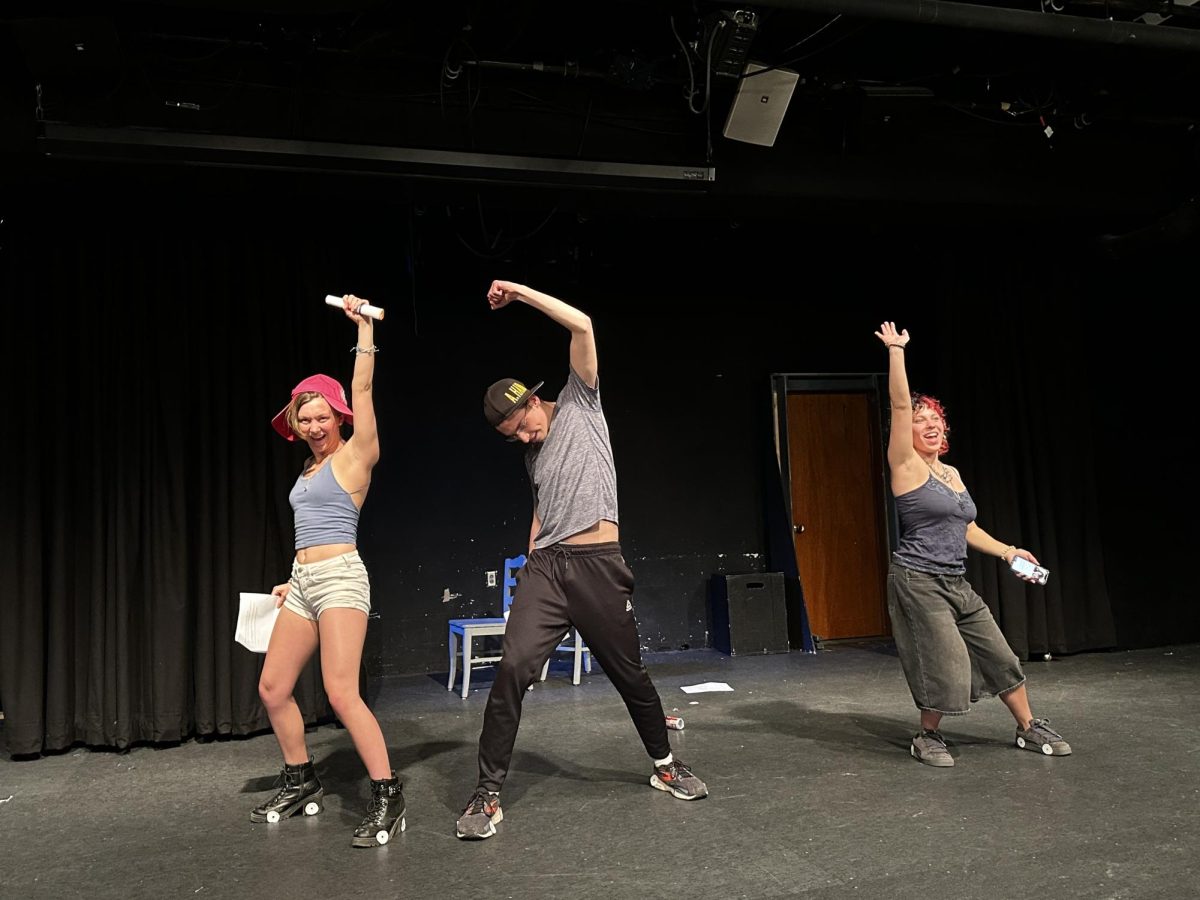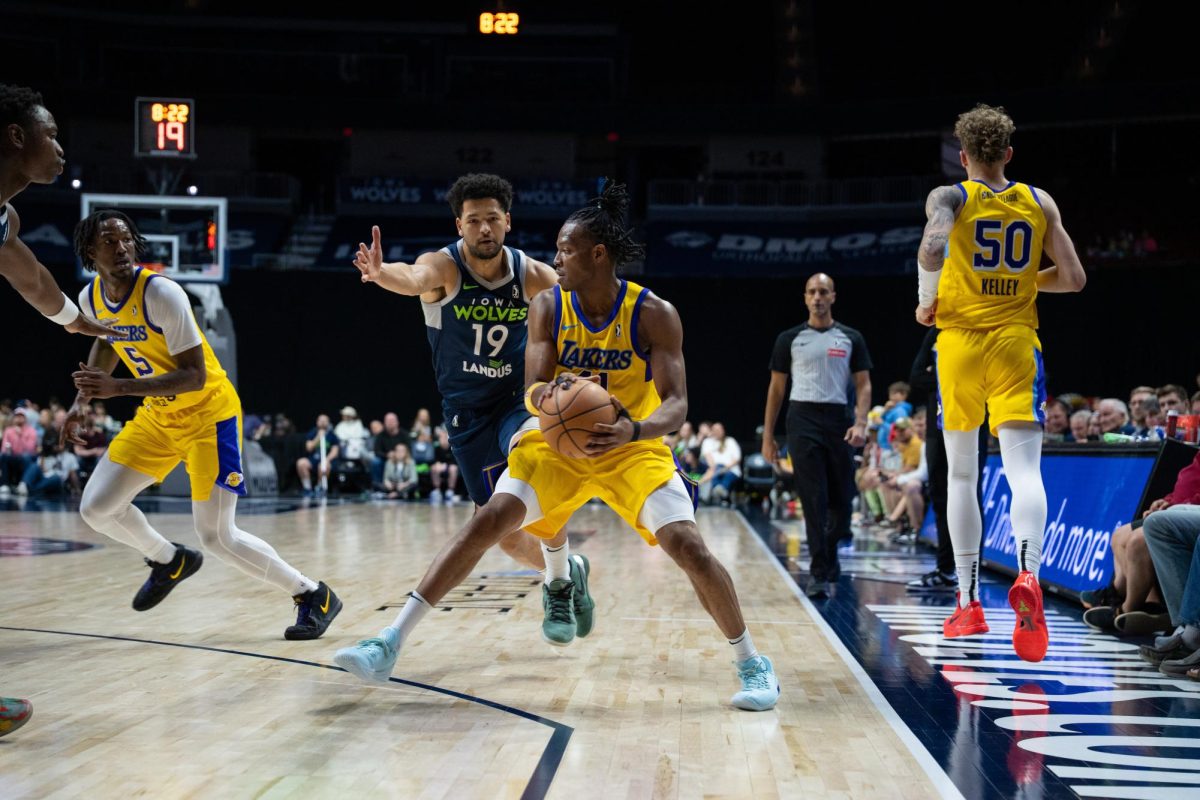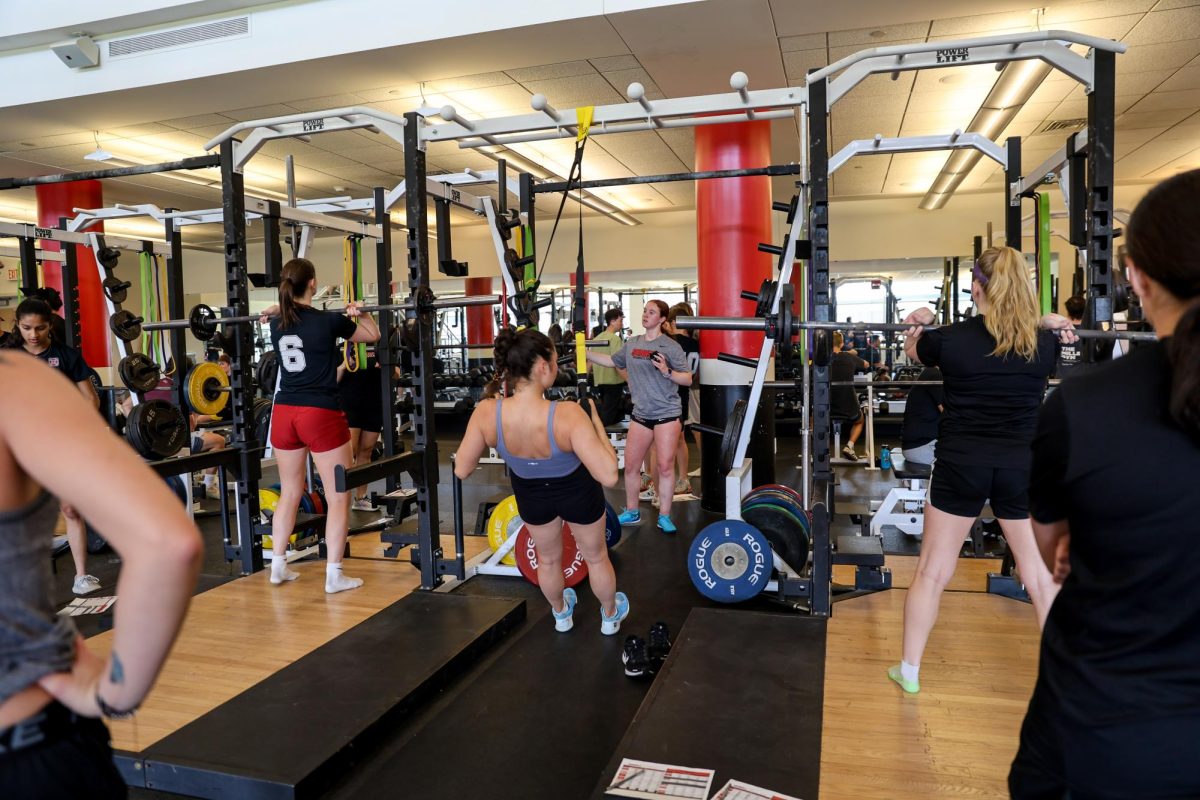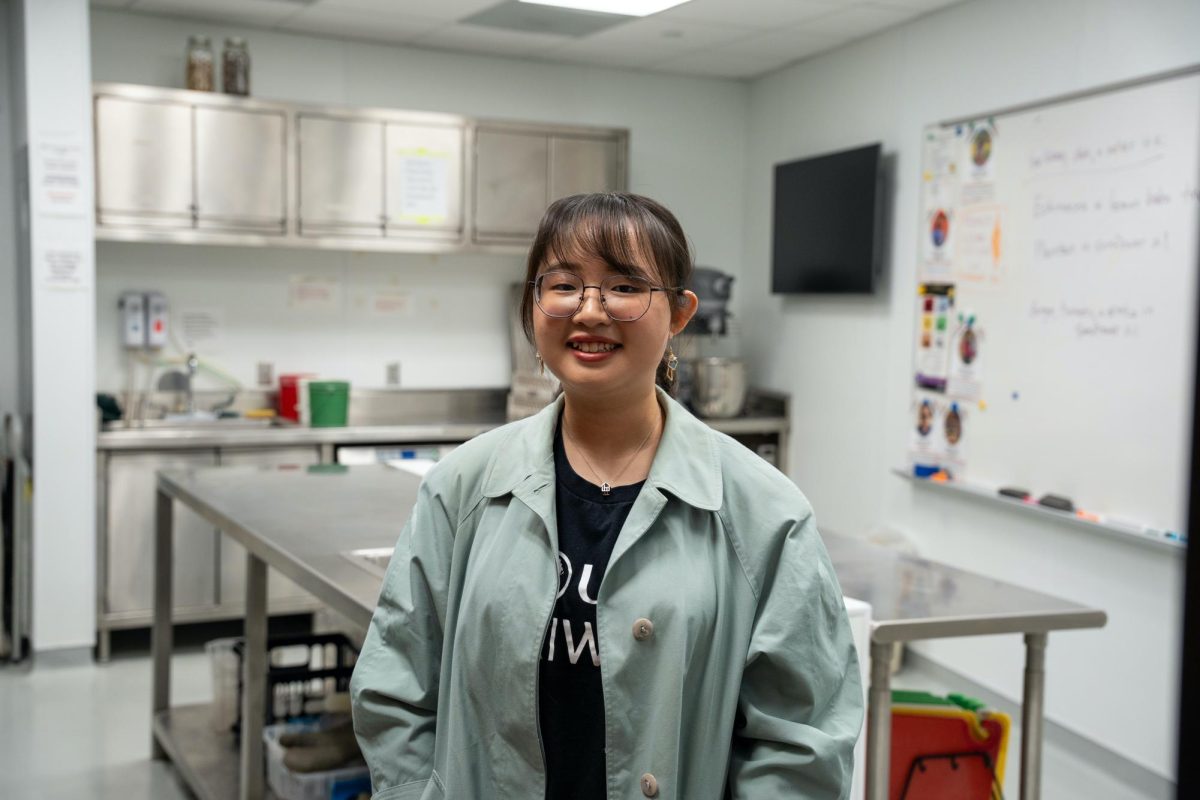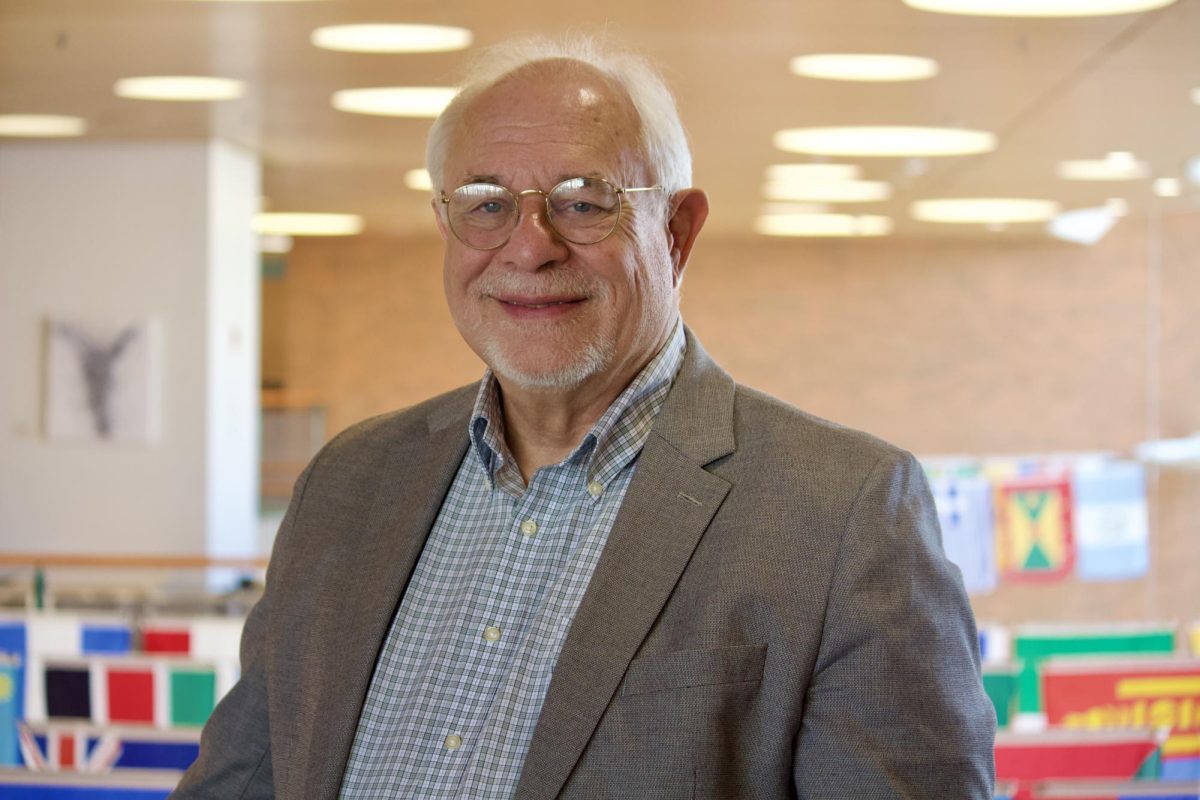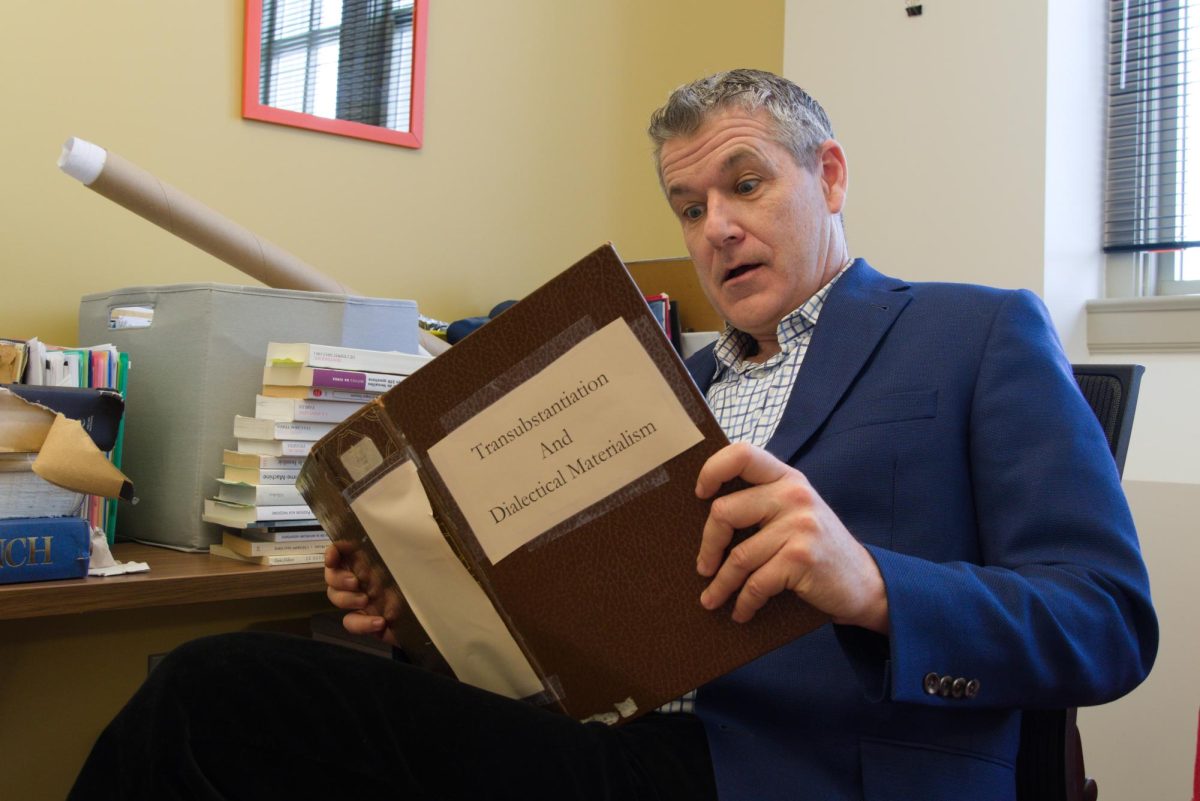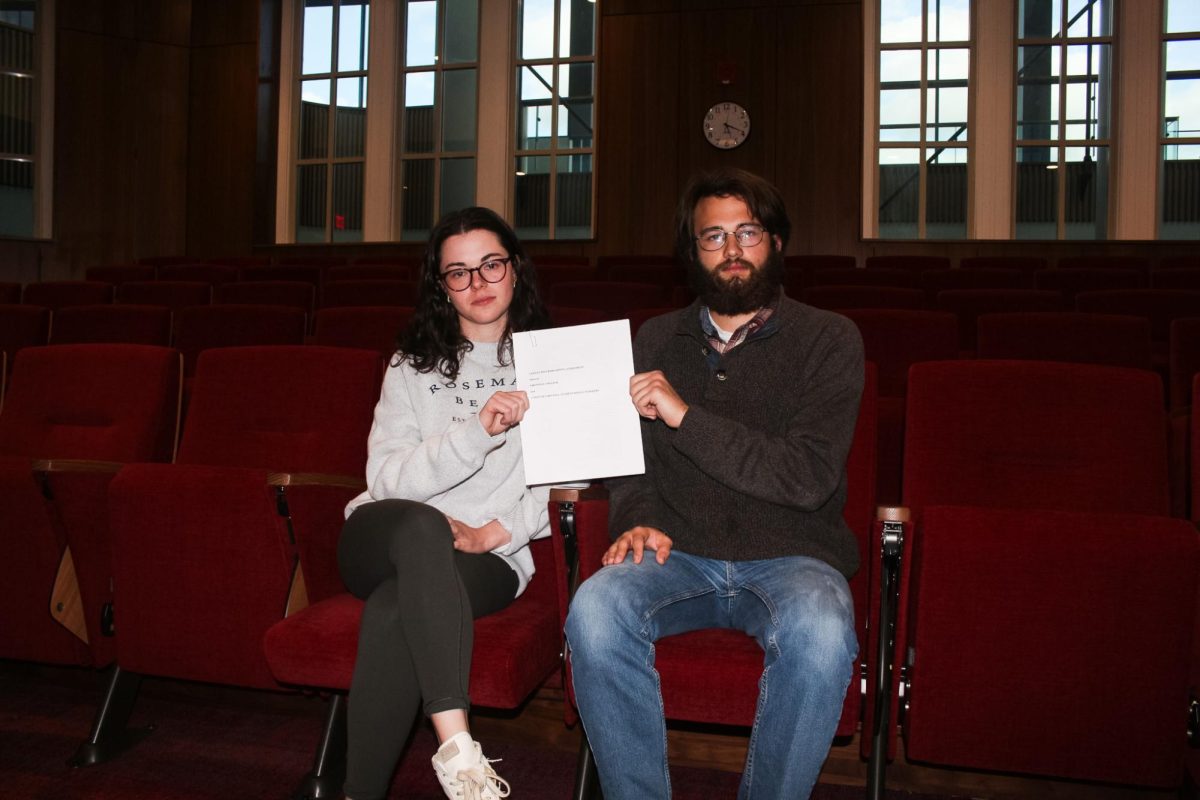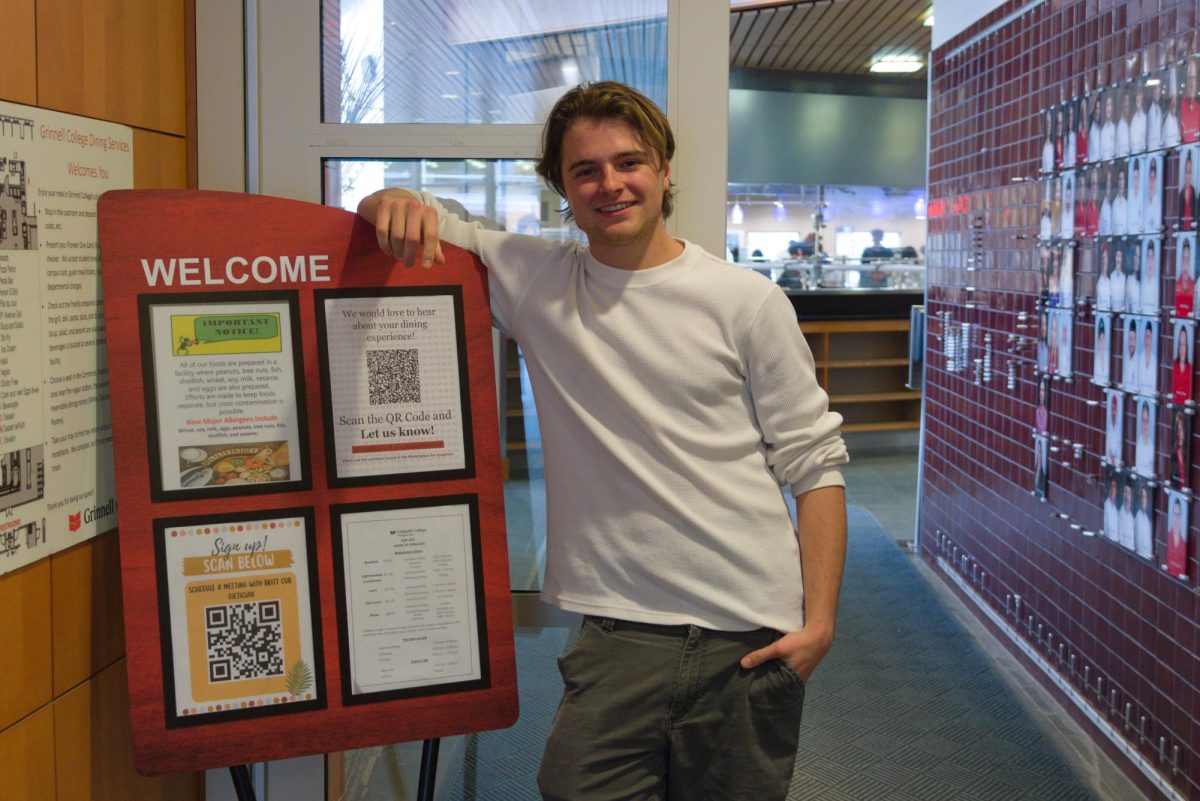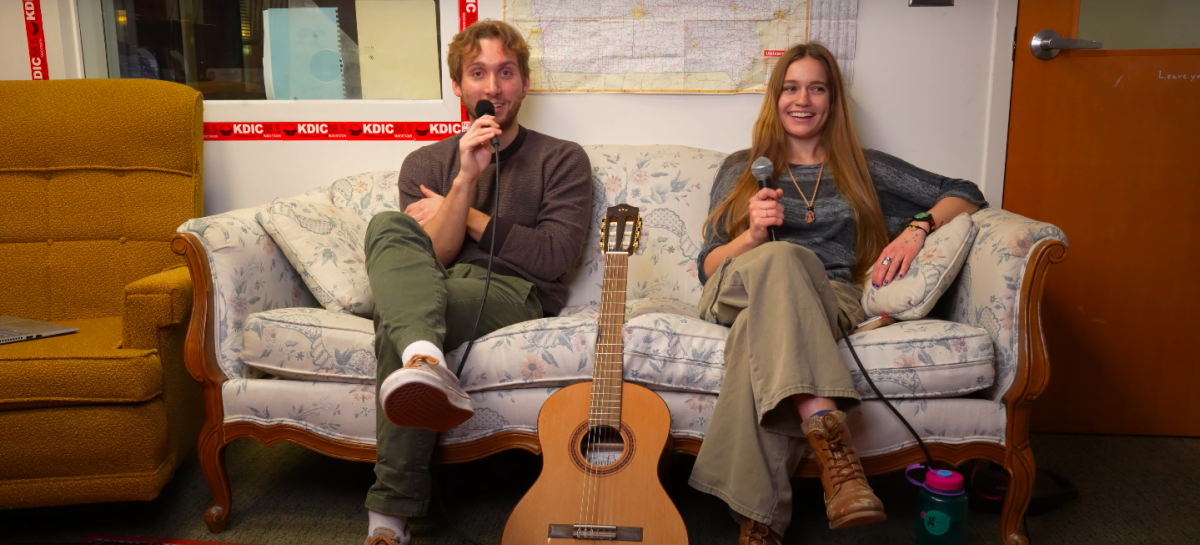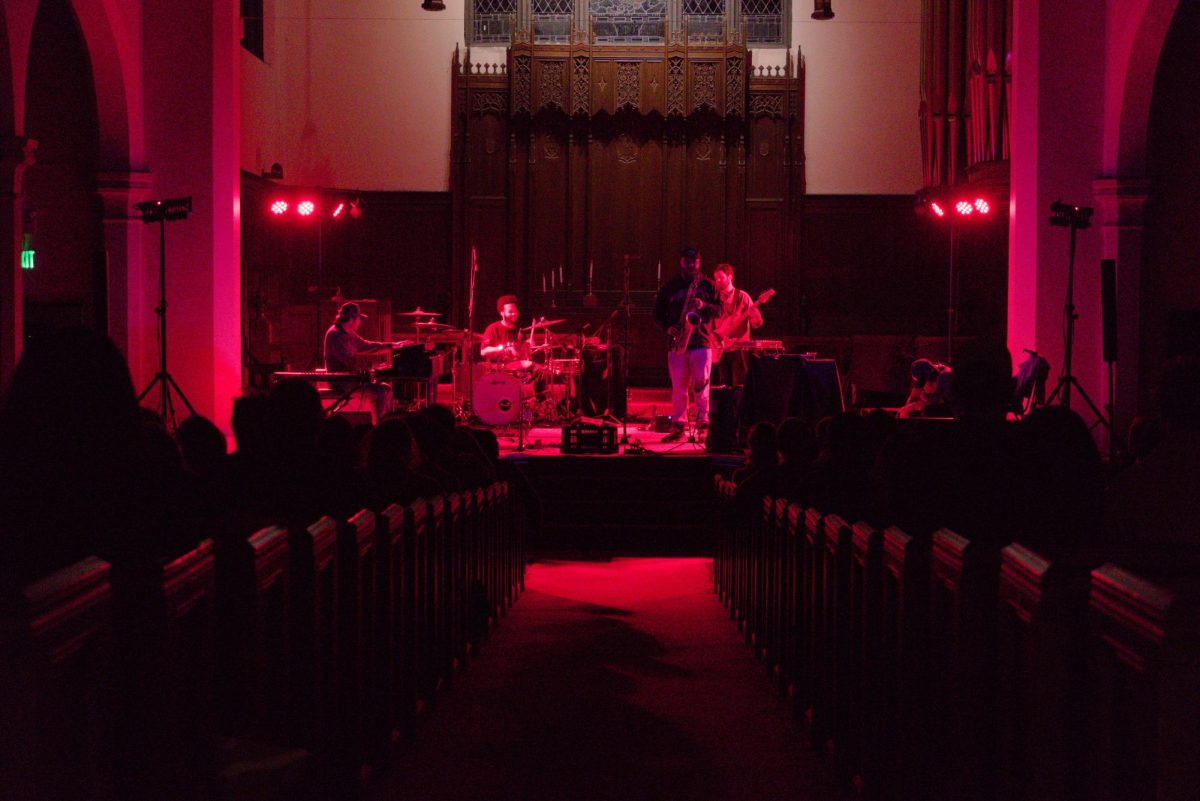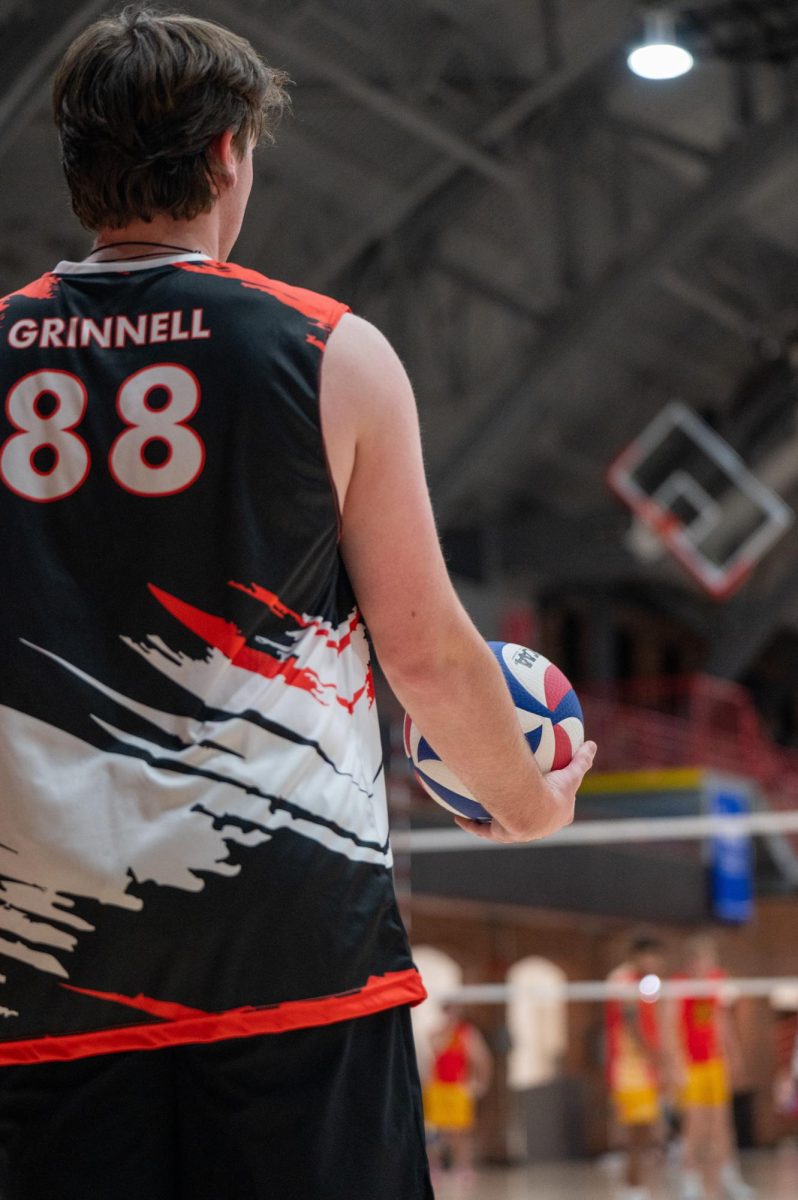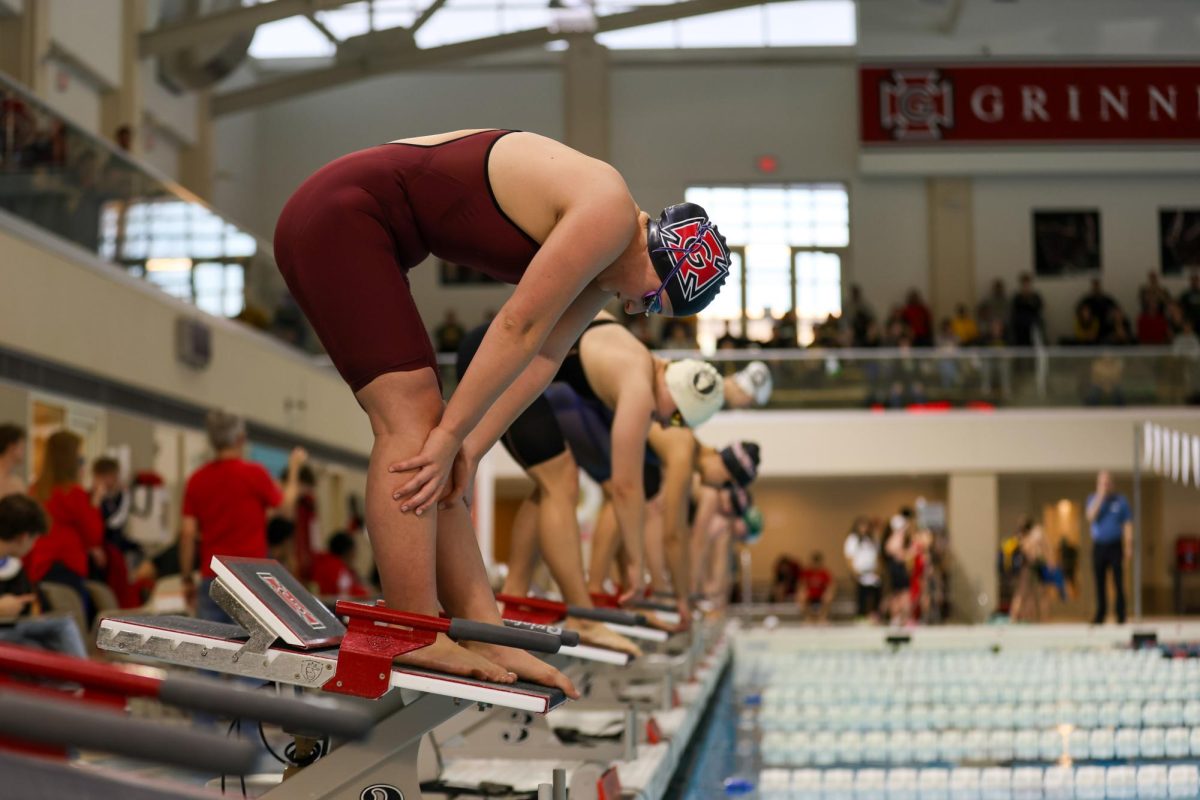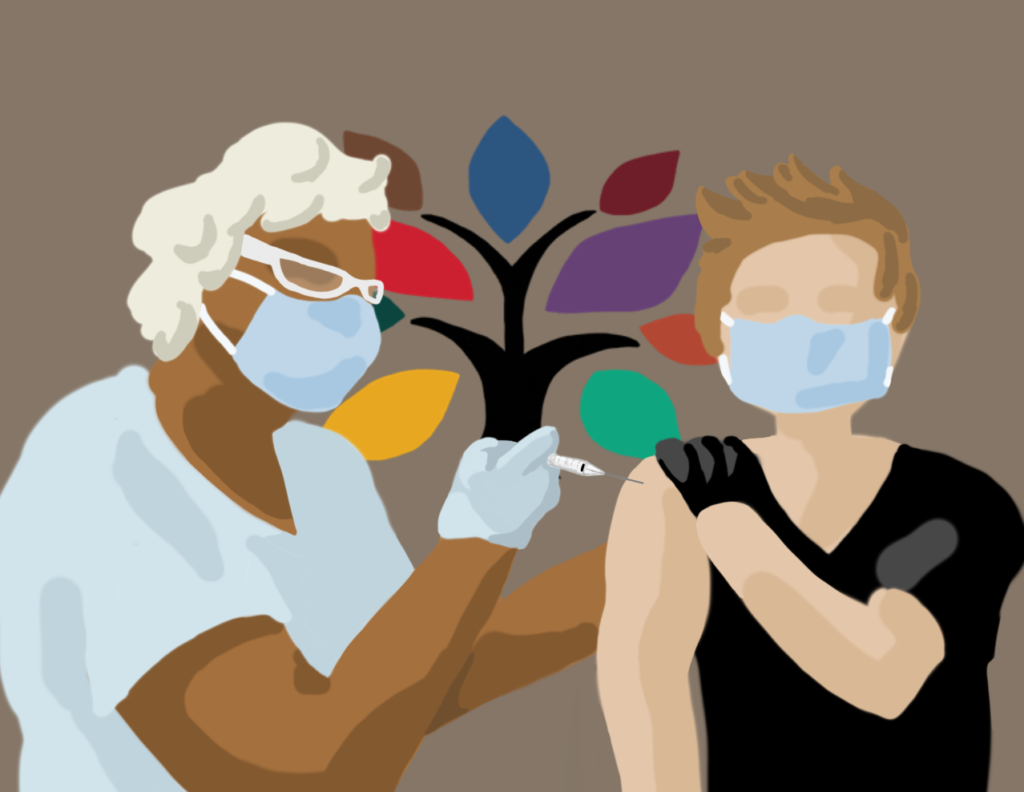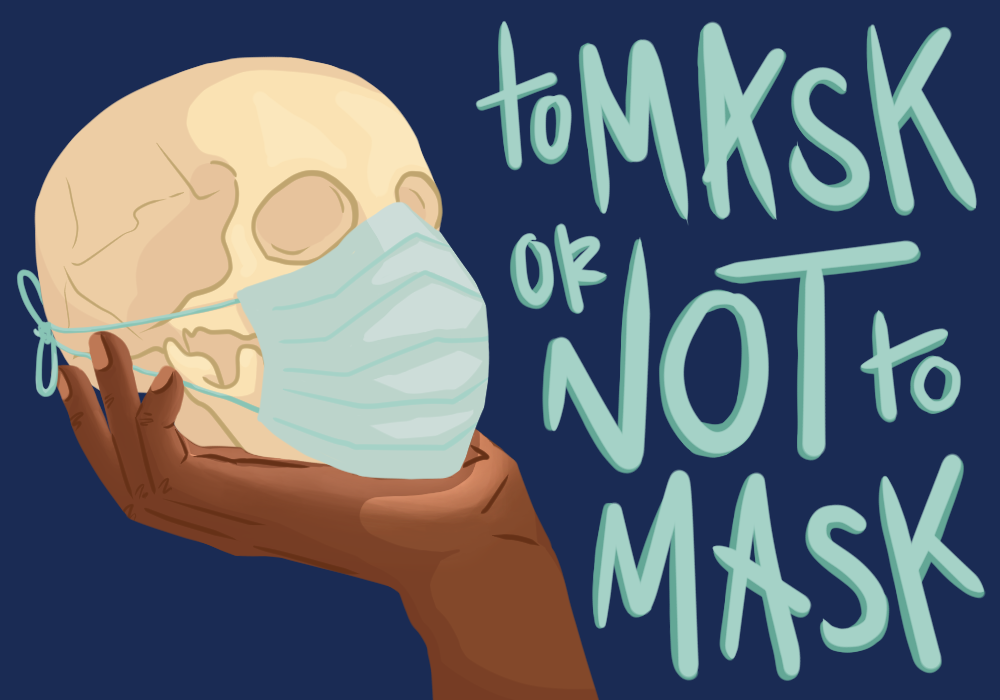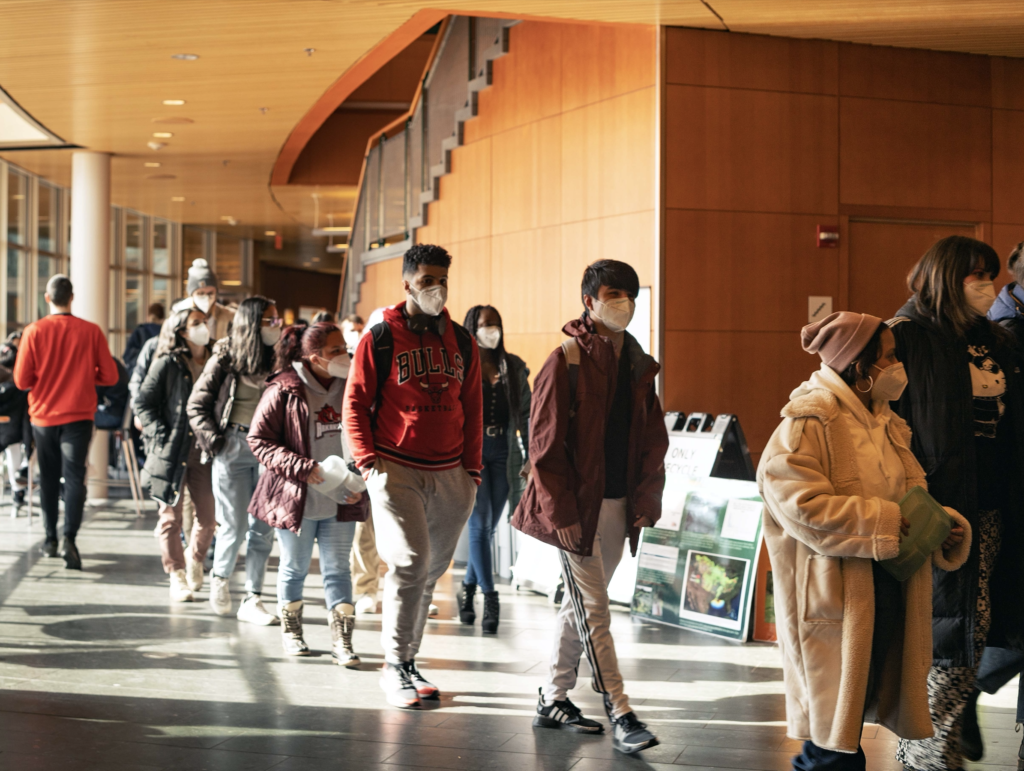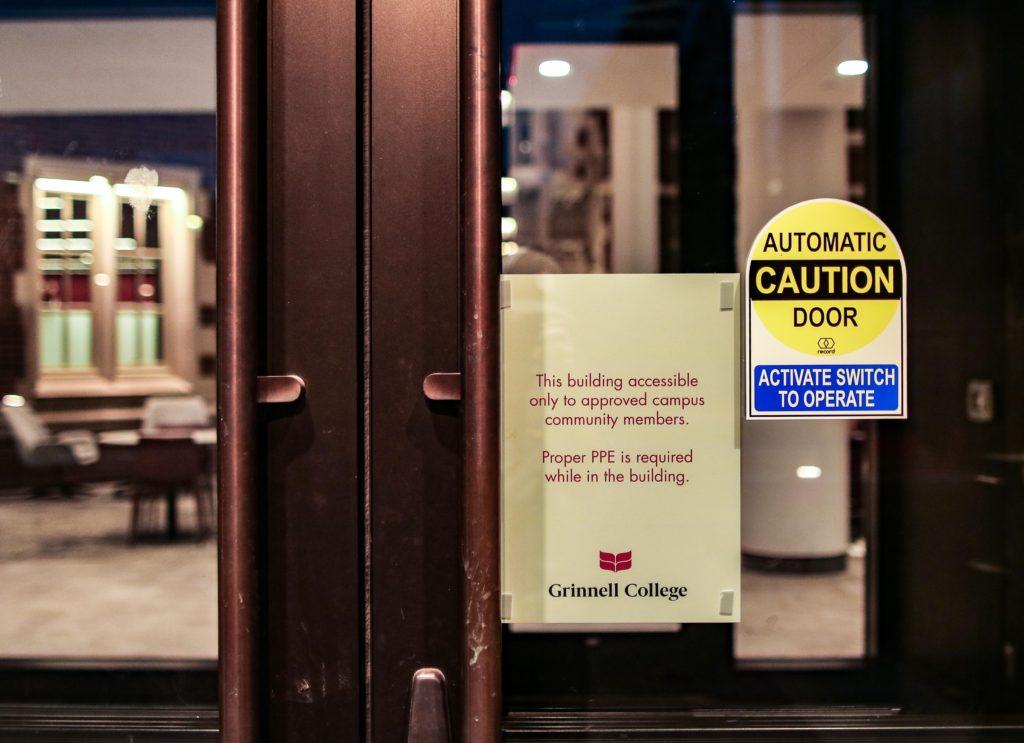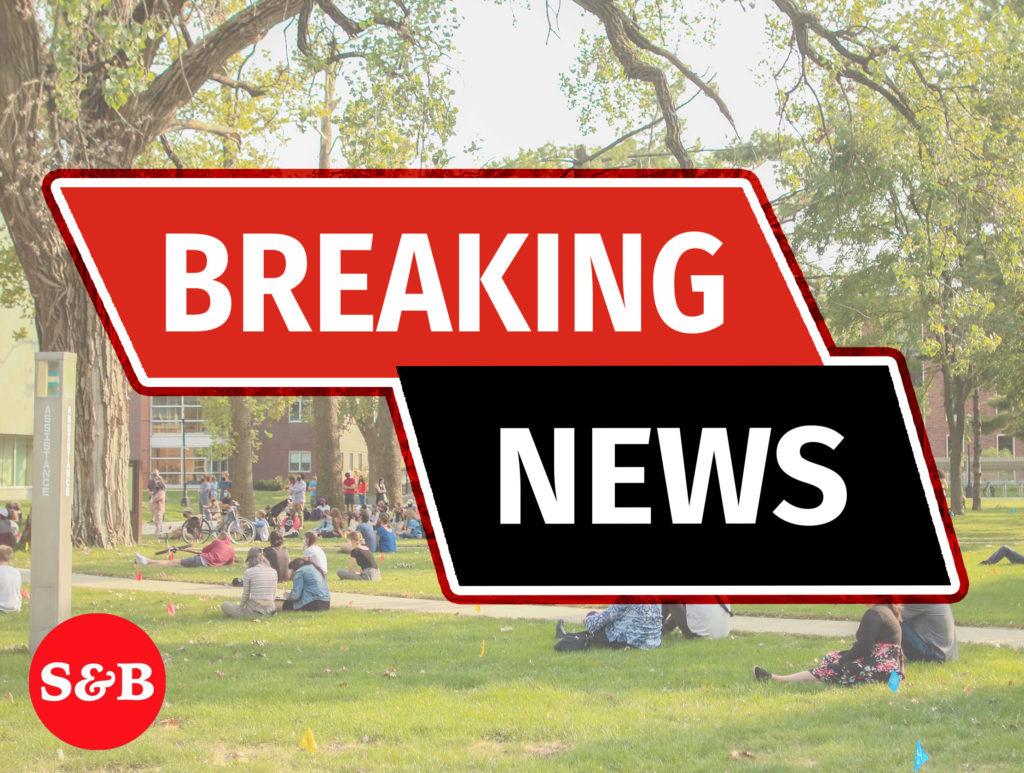After returning to campus, confusing on-boarding protocols have left some feeling concerned, students report. These students say that possible false positives and confounding isolation instructions have impacted the effectiveness of the College’s on-boarding COVID-19 protocols and student safety and wellbeing.
With the arrival of the new semester and return of students, Grinnell College has modified its COVID-19 safety protocols to keep the students, staff, faculty and community as safe as possible. Among the new measures is a requirement that all students to complete two rounds of testing upon arriving to campus. As of January 31, there were 65 students who tested positive and 24 who were in isolation, excluding those who tested positive before arriving on campus.
Aris Reyes `24 was placed in isolation after testing positive. He describes his experience, including the events that led up to his isolation and during the isolation itself, as “uncomfortable.”
When Reyes took part in the second round of testing, he said he was administered a test that he believes yielded invalid results after he says it showed a pink smudge rather than a line. After learning that no one with whom he spent time in the days prior tested positive, he questioned the test’s validity and went to QuickView Urgent Care in the town of Grinnell to get retested. That subsequent PCR test returned a negative result, suggesting that the first test was a false positive.
Considering the new results and out of concern for his health, Reyes petitioned Dr. Ben Newhouse, the associate vice president of student affairs & dean of students, to be released from isolation; the petition was ultimately denied.
Reyes was also surprised when he learned the process to get the meals during isolation. Students isolating in on-campus housing pick up their meals from JRC Room 101. Although now the process has become clear, at first Reyes described it as confusing.
Kate Tomczik `22 echoed this sentiment, as she was told contradicting things: the meals were going to be delivered to their rooms and then later that they had to pick them up in person.
The current protocol, as of Feb. 2, says their designated hours to pick up meals are 12:00 to 12:15 p.m. to receive lunch, and 5:15 to 5:30 p.m. to receive dinners and breakfast for the following day.
“I was under the impression that the students were not picking up their meals since I saw them being prepared by the staff and kind of placed in little white to-go bags,” said Bailey Sowers `24. “However, I did become aware of the possibility of this. Not from myself, but from my mom who was on the [College’s] parents’ Facebook page … I thought that sounded ridiculous.”
Chris Stuckart `24 said that he believes having COVID positive students go into the JRC at peak times only exacerbated the ineffectiveness of the previously enacted protocols regarding the Dining Hall and the Grill. He said he believes that it creates unnecessary exposures given the length of the lines and people eating in Spencer Grill.
Director of Emergency Management and Risk Mitigation Heather Cox wrote in an email to the S&B that the protocols in place have been successful thus far, with most cases occurring during the on-boarding process and a lack of sustained high new cases each day.
When asked about the reason behind allowing COVID-positive students to go to the JRC to pick up their meals, she said, “as we utilized more isolation and quarantine spaces across campus, we needed to establish a process to provide hot meals in a timely manner while carefully managing the human resources needed to package and deliver meals.”
She said that this is only true for students who feel well enough to do so. When asked about COVID-positive students who live off campus, she said they were offered on-campus housing and if they declined it, those students “assumed responsibility for getting their own meals or groceries, as needed.” She also said that all protocols and measures by the college are in accordance with CDC guidance.
